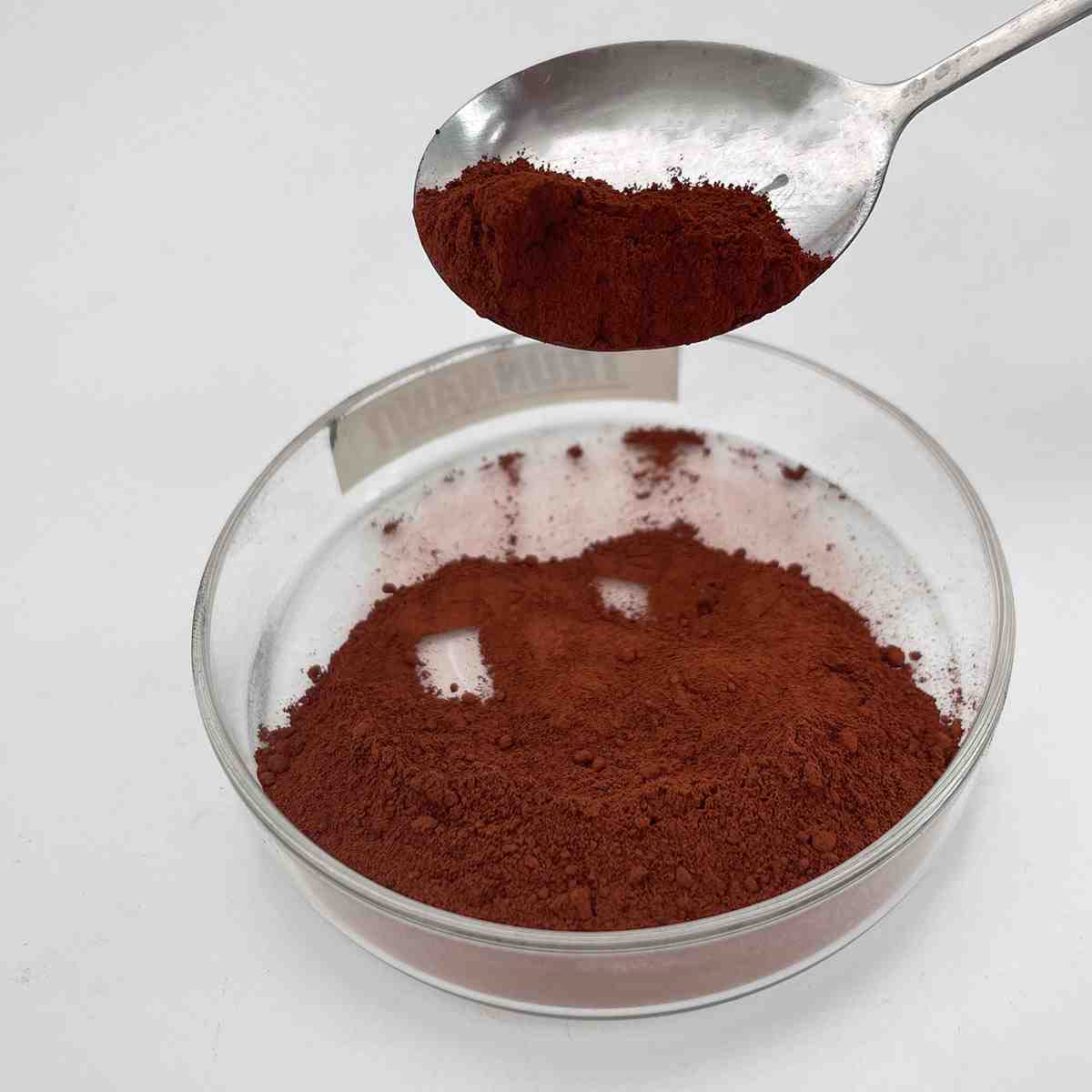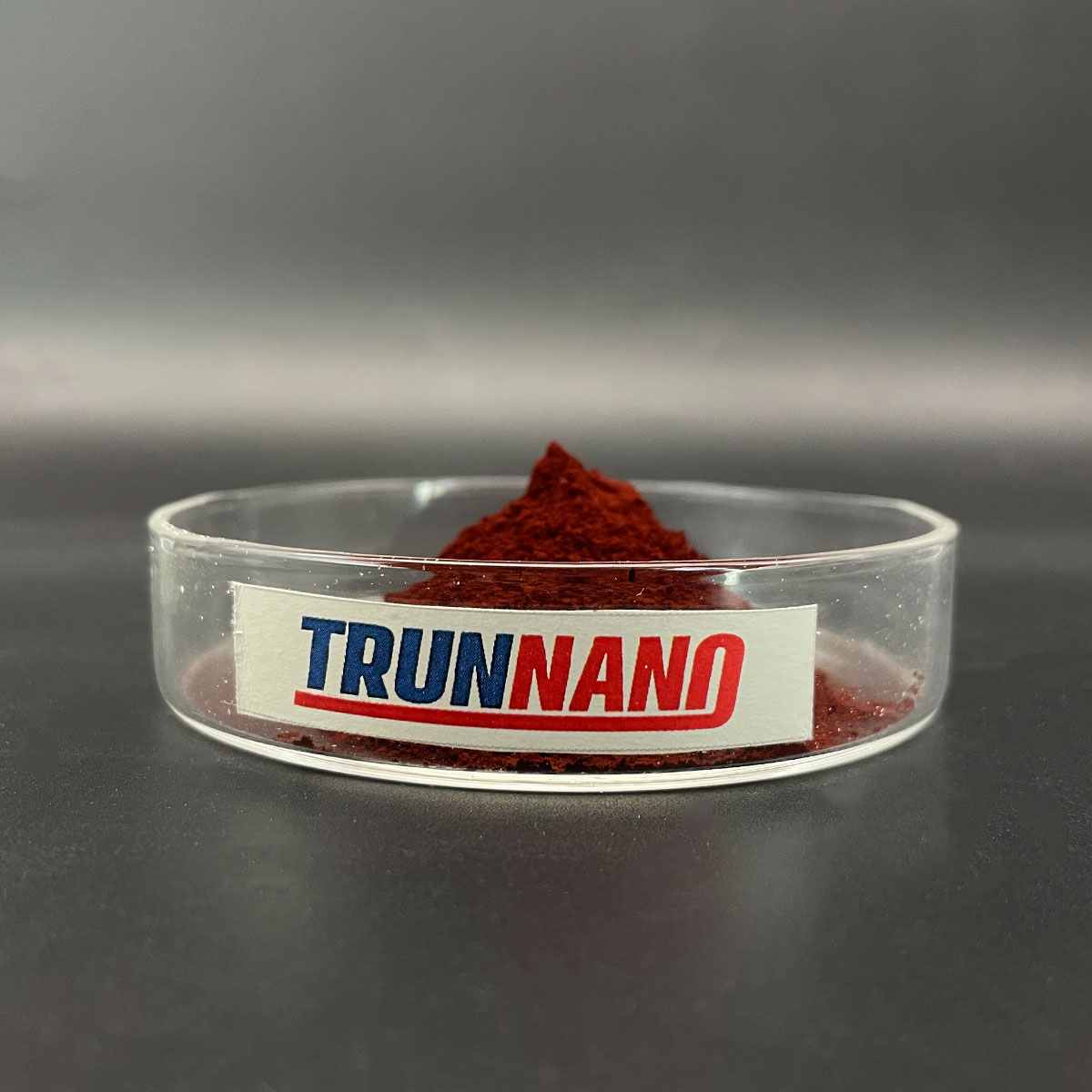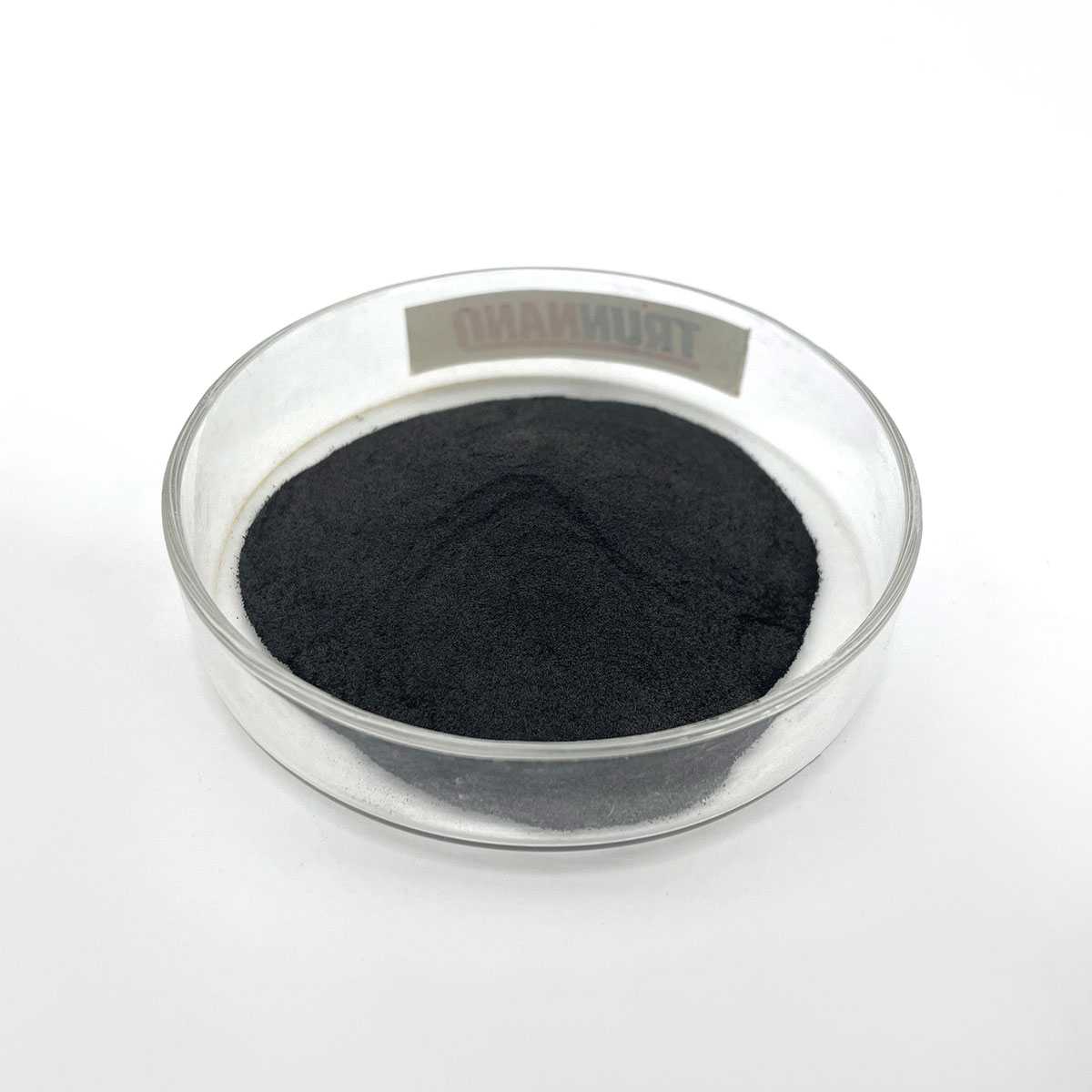Overview of CAS 12058-18-3 Superfine 325 Mesh Molybdenum IV Selenide Powder MoSe2 Powder
Telluride and selenide compounds play a significant role in the field of semiconductors, particularly in the development of advanced electronic and optoelectronic devices. These materials belong to the chalcogenide family, characterized by their ability to form compounds with elements from groups IV-VI in the periodic table.
Tellurides: Compounds containing tellurium (Te) as the chalcogen. Examples include cadmium telluride (CdTe), mercury telluride (HgTe), and zinc telluride (ZnTe). These materials have found applications in solar cells, infrared detectors, and high-speed electronics due to their tunable bandgap, high electron mobility, and good thermal stability.
Selenides: Similar to tellurides, but with selenium (Se) replacing tellurium. Notable examples are cadmium selenide (CdSe), gallium selenide (GaSe), and zinc selenide (ZnSe). Selenide compounds are widely used in light-emitting diodes (LEDs), laser diodes, and solar cells due to their direct bandgap properties and efficient light absorption/emission capabilities.
Feature of CAS 12058-18-3 Superfine 325 Mesh Molybdenum IV Selenide Powder MoSe2 Powder
Direct Bandgap: Many telluride and selenide semiconductors have direct bandgaps, which facilitate efficient light emission and absorption processes. This makes them suitable for optoelectronic applications such as LEDs and lasers.
Tunable Bandgap: The bandgap of these materials can be adjusted by alloying or altering the composition (e.g., CdSe to CdTe), enabling customization for specific device requirements across a wide spectrum of wavelengths.
High Electron Mobility: Materials like HgCdTe exhibit high electron mobility, which is crucial for high-speed electronic devices and low-noise detector applications.
Thermal Stability: Some tellurides and selenides, like ZnTe and ZnSe, demonstrate good thermal stability, making them suitable for high-temperature operation and processing.
Non-Toxic Alternatives: With increasing environmental concerns, there’s a push towards exploring less toxic alternatives to commonly used semiconductors. For instance, Cd-based tellurides and selenides are being replaced or combined with less toxic elements like Mg or Mn in some applications.

(CAS 12058-18-3 Superfine 325 Mesh Molybdenum IV Selenide Powder MoSe2 Powder)
Parameters of CAS 12058-18-3 Superfine 325 Mesh Molybdenum IV Selenide Powder MoSe2 Powder
Molybdenum IV Selenide (MoSe2), also known as molybdenum diselenide, is a compound with the chemical formula MoSe2. It belongs to the group of transition metal dichalcogenides and is characterized by its unique combination of properties, making it a versatile material in various industrial applications.
CAS number 12058-18-3 serves as the unique identifier for this specific type of MoSe2, ensuring consistency and traceability in the global market. Superfine particles refer to the particle size distribution, where the MoSe2 powder has been ground down to an exceptionally small grain size, typically less than 325 mesh. A mesh count of 325 indicates that the particles range from 45 micrometers to 75 micrometers in diameter, which is considered very fine for this material.
The 325 mesh size offers several advantages. Firstly, it provides a large surface area, enhancing reactivity in chemical reactions or catalytic processes. This increased surface area allows for better contact between the material and other substances, improving efficiency. Secondly, the smaller particles enable easier dispersion and handling, making it suitable for applications like lubricants, coatings, and electronic devices where fine particulate properties are crucial.
Molybdenum IV Selenide is known for its excellent electrical conductivity, especially in its thin film form, which makes it an attractive component in optoelectronic devices such as solar cells, LEDs, and photodetectors. Its semiconducting nature allows for tuning of its electrical properties by adjusting the thickness or doping, making it a versatile material in the field of microelectronics.
In addition to its electronic properties, MoSe2 possesses good thermal stability and mechanical strength, which makes it suitable for high-temperature applications. It is used in heat exchangers, thermal management systems, and as a protective coating due to its resistance to corrosion and wear.
Moreover, MoSe2 exhibits interesting optical properties, such as strong absorption in the mid-infrared region, which can be exploited in infrared sensors and optical filters. It is also being researched for potential use in two-dimensional materials, where the thin layers of MoSe2 can be stacked and manipulated for novel electronic and optoelectronic functionalities.
In summary, CAS 12058-18-3 superfine 325 mesh molybdenum IV selenide powder is a highly sought-after material due to its unique combination of properties, including electrical conductivity, thermal stability, and optical characteristics. Its fine particle size ensures efficient performance in various industries, ranging from electronics to energy conversion, making it a valuable component in modern technology. Further research and development are expected to unlock more applications and potential uses for this fascinating material.

(CAS 12058-18-3 Superfine 325 Mesh Molybdenum IV Selenide Powder MoSe2 Powder)
FAQ of Semiconductor Materials
Inquiry us






